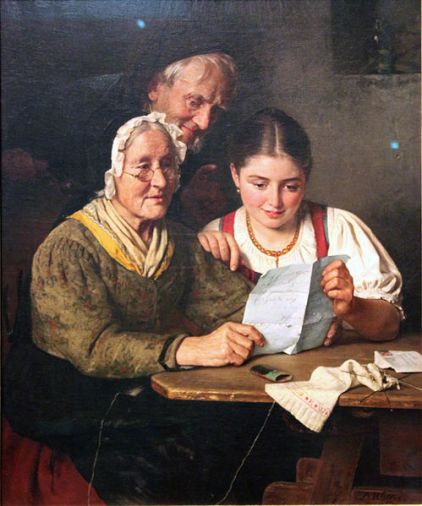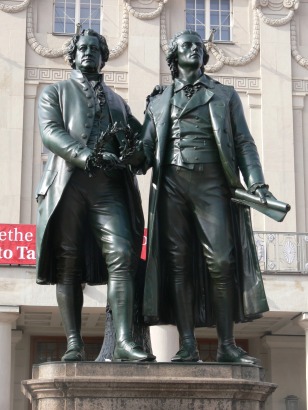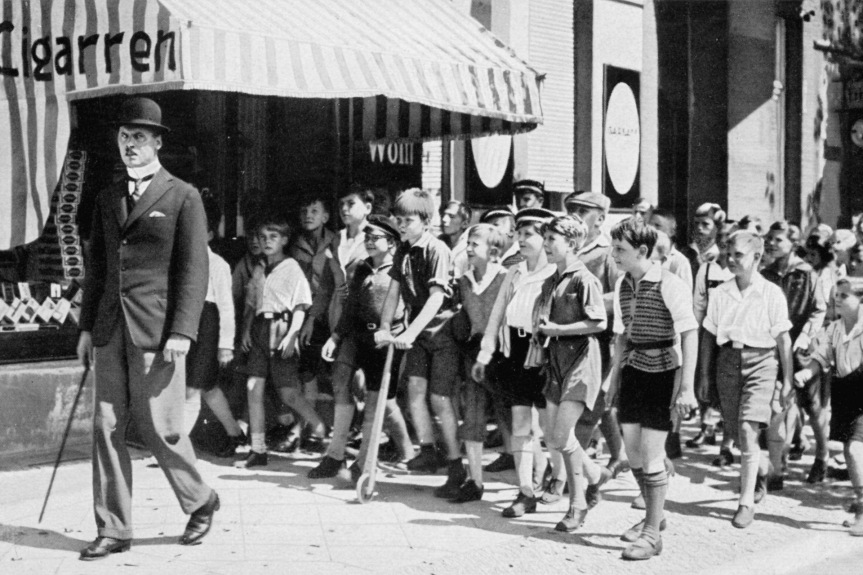‘Sehr geehrte Frau Präsidentin’, ‘Sehr geehrter Herr Professor Unrat’, ‘Liebe Marie, lieber Max’, ‘Liebe Kunden’… Writing letters is an important mode of written communication, but they’re not just an exercise in learning how to address the right people in the right way. Sending and receiving letters is a way of fostering friendships, maintaining friendly relationships (including in business), conveying news, and even sending presents.

Until relatively recently, friends who lived in different places kept in touch by letter or (later) telephone. Sometimes, their private correspondence has been published so that everyone can read it and learn about their friendship: famous examples of this are the correspondence (‘Briefwechsel’ in German) between the writers Johann Wolfgang von Goethe (1749-1832) and Friedrich Schiller (1759-1805) or that between poets Ingeborg Bachmann (1926-1973) and Paul Celan (1920-1970).
In the eighteenth century, many authors wrote fictional letters as a way of telling a story. This form of writing is known as an ‘epistolary novel’: Goethe’s bestseller Die Leiden des jungen Werthers (The Sorrows of Young Werther, 1774/8) is told in this way, as a series of letters from the character of Werther to his friend Wilhelm. Women writers such as Sophie von la Roche and Bettina von Arnim also used this style of storytelling.
Letters can also give us an insight into the experiences, expectations and feelings of people who lived in the past, like this online exhibition of the last letters written by Jews around Europe during the Holocaust, in the days before they were transported to concentration camps in 1941, 1942, and 1943.
The digital age has transformed the way we make friends and keep in touch. Instead of laborious letter writing, most people now send emails and instant messages – peppered with their favourite emoji rather than written in beautiful longhand! Some people mourn the lost art of letter-writing, but others celebrate how much easier it is to find new friends, reconnect with lost ones or stay in contact with people from all over the world.
Nun hock’ ich hier an meinem Tisch
und weiß nicht recht zu starten.
Dort draußen sitzt man sicherlich
auf einen Brief zu warten.
Zu lange Zeit ist schon vergangen,
daß wir einander nicht geschrieben,
kein Brief ist hin und her gegangen –
wo ist die Post geblieben?© Willy Meurer (Source: © 2005 /All Rights Reserved by Willy Meurer, Toronto)




